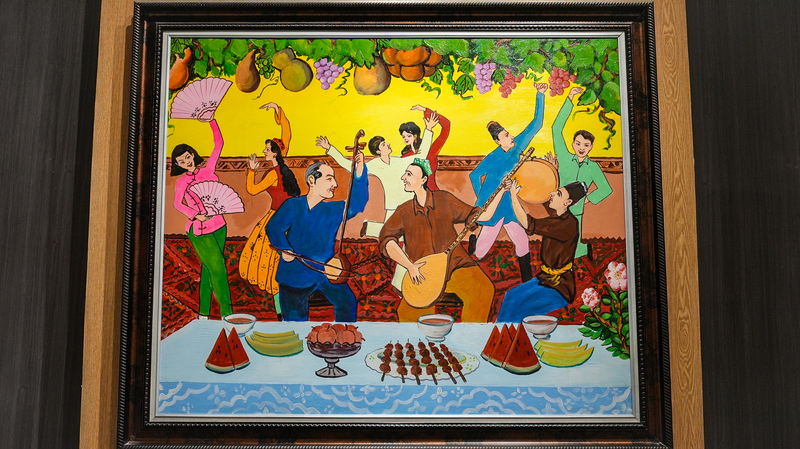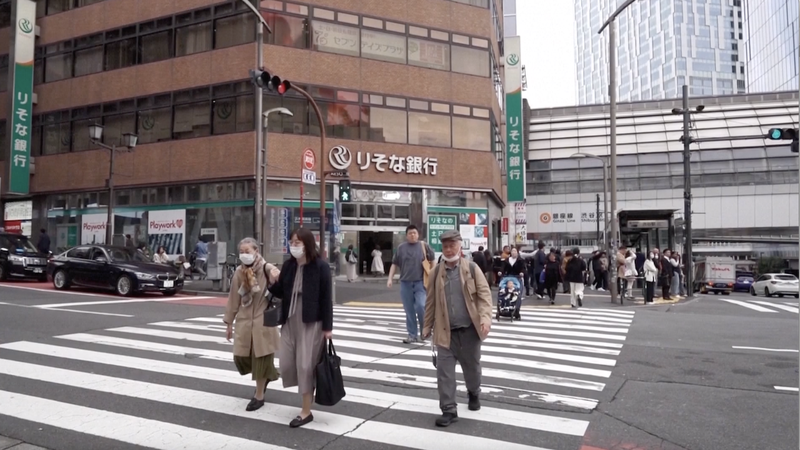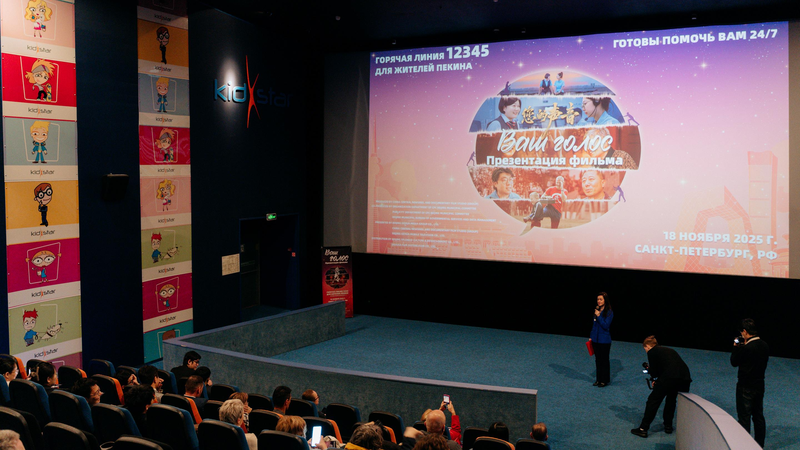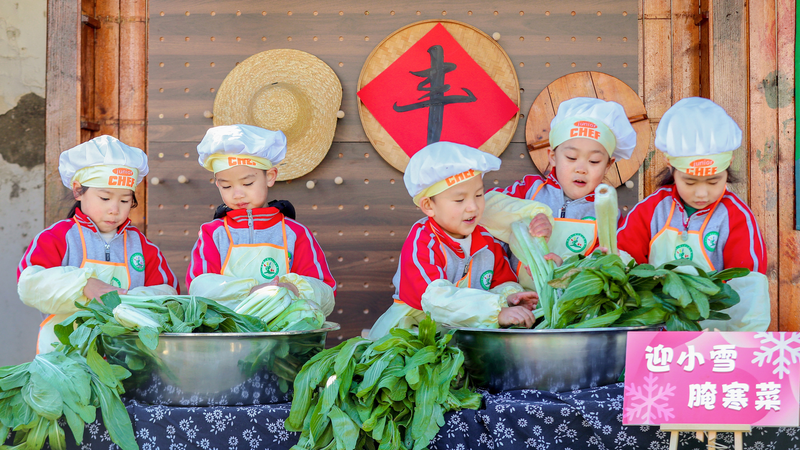At the edge of the Taklimakan Desert in Makit County, the Xinjiang Uygur Autonomous Region, a colorful revolution is underway. For over 50 years, Dolan farmers have been painting everyday scenes—harvest festivals, family gatherings, and local wildlife—on wooden boards and fabrics, turning simple materials into vivid expressions of culture and community.
These grassroots artworks, known as Dolan paintings, blend traditional motifs with modern techniques. Each brushstroke tells a story: the bold reds of pomegranate trees, the swirling blues of desert skies, and the intricate patterns inspired by Uygur textiles. What began as a pastime to decorate homes has grown into a symbol of resilience and creativity in Xinjiang.
Today, Dolan paintings are gaining fresh recognition beyond local markets. Gallery owners in Urumqi report a 30% rise in interest from young collectors across G20 nations, while social media channels dedicated to folk art have seen hashtags related to Dolan paintings spike by 200% over the past year. Entrepreneurs are exploring ways to support these artists through sustainable cooperatives, ensuring fair prices and cultural preservation.
"Every painting carries a piece of our land and our stories," says Farmar Abdureshit, a third-generation painter. "By sharing our art, we're inviting the world to see the desert's beauty and our community's spirit."
As travelers and digital nomads seek authentic, immersive experiences, Makit County offers workshops where visitors can try their hand at Dolan painting under the guidance of local masters. These cultural exchanges foster a deeper appreciation for the region's heritage and contribute to the local economy.
From local homes to global platforms, Dolan farmers are painting a brighter future—one brushstroke at a time.
Reference(s):
cgtn.com




